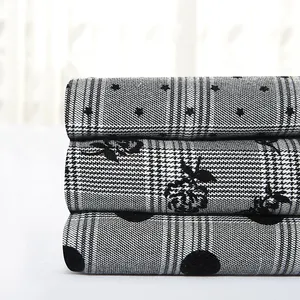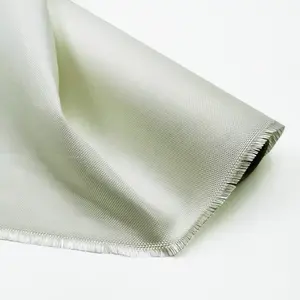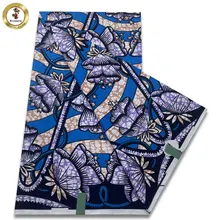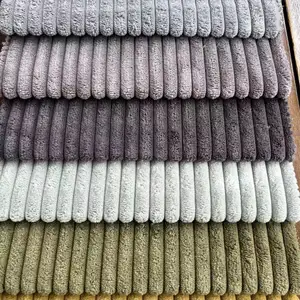Exploring Chemical Resistance Fabric
Chemical resistance fabric stands as a cornerstone in the textile industry, catering to a myriad of applications where durability and protection are paramount. This category of fabric is engineered to withstand harsh chemicals, making it an ideal choice for various sectors including industrial, medical, and personal protective equipment.
Types and Applications
The versatility of chemical resistance fabric is evident in its wide range of types. Flame retardant polyester is a sought-after variant, offering both chemical resistance and reduced flammability, commonly used in safety garments and fire-resistant drapes. Similarly, flame retardant wool provides natural resistance to flames along with chemical repellent properties, making it suitable for high-risk environments. These materials are not just limited to protective clothing but extend to applications such as industrial curtains, upholstery, and other areas where safety standards are non-negotiable.
Features and Materials
The composition of chemical resistance fabrics is diverse, ranging from synthetic options like polyester to natural fibers like wool. Each material brings unique features; for instance, microfiber polyester is known for its fine threads and effectiveness in cleaning applications, without compromising on chemical resistance. On the other hand, recycled variants of polyester fabrics underscore the industry's shift towards sustainability, offering a reduced environmental footprint while maintaining the fabric's inherent protective qualities.
Advantages of Chemical Resistance Fabrics
The primary advantage of using chemical resistance fabric lies in its robustness against corrosive substances, which helps in extending the lifespan of the products made from it. Additionally, the inherent strength of these fabrics contributes to less frequent replacements, resulting in cost savings and reduced waste. The adaptability of these fabrics to various textures and patterns also allows for their use in a multitude of product designs, from sleek outdoor apparel to practical household items.
Environmental Impact and Innovations
Innovation in the field of chemical resistance fabrics has led to the development of materials that not only meet safety standards but also address environmental concerns. The introduction of recycled materials in the production of flame retardant polyester and other chemical-resistant textiles reflects the industry's commitment to sustainability. These advancements ensure that the functionality of the fabric does not come at the expense of the planet.
Conclusion
The realm of chemical resistance fabric is expansive, offering a fabric solution that is both versatile and robust for various industrial needs. From flame retardant wool to innovative recycled materials, the options available meet a spectrum of requirements while emphasizing safety, durability, and environmental responsibility. For those in search of specialized textiles, this category presents a range of solutions designed to perform under challenging conditions.




































 浙公网安备 33010002000092号
浙公网安备 33010002000092号 浙B2-20120091-4
浙B2-20120091-4